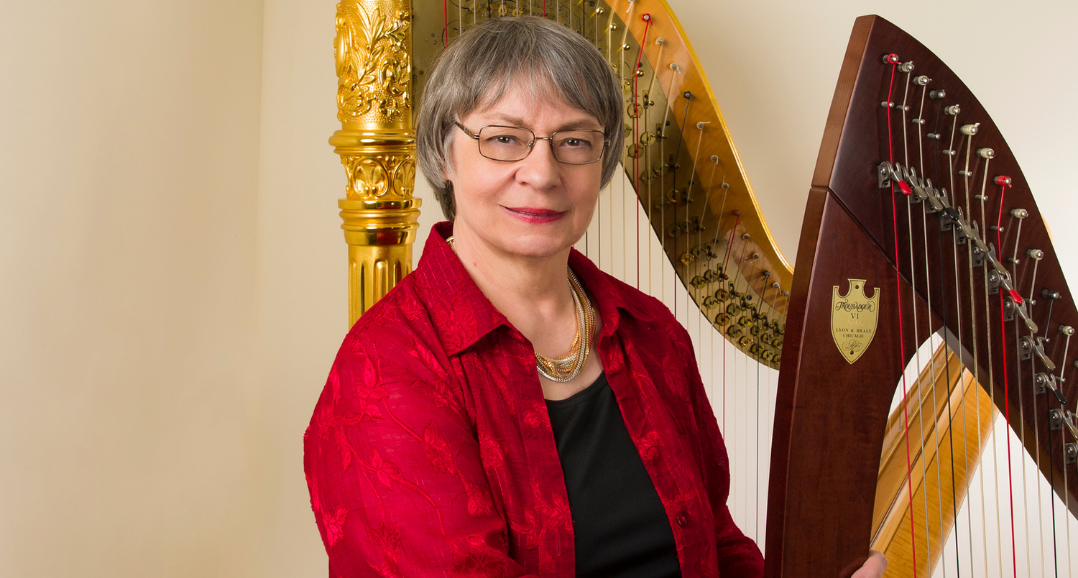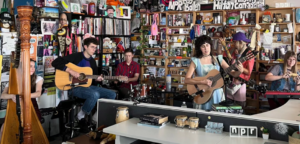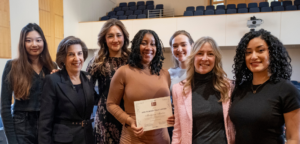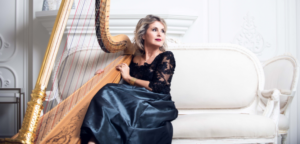Stephanie Curcio’s new book, American Harpist: An Historical and Personal Journey, is now available from Stephanie Curcio Publications. We caught up with Curcio to find out what inspired her project.
What was your personal motivation for writing American Harpist?
I realized that I had lived through a good part of the early history of the harp in America. I met and dealt with so many important people and studied with virtual icons in the field. I thought it might be interesting to share these experiences with others.
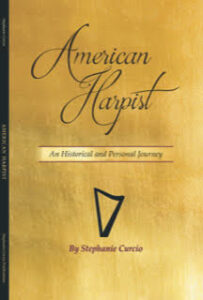
Stephanie Curcio reflects on her experience as the American harp scene blossomed in the 20th century in her new book, American Harpist.
Who were your first teachers?
I began group lessons for a few months at the High School of Music and Art [in New York City] with Beverly Mann, then went on to Lucile Lawrence and eventually coached with Carlos Salzedo.
What is most fascinating to you about American harp culture?
At my current age of 82, I am astounded at the number of harpists—and harp teachers—there are now in this country and abroad. The growth of interest in the harp has literally exploded.
What is a favorite personal experience you shared in the book?
I enjoyed my visit to the Smithsonian harp collection, where I came face to face with Lucile Lawrence’s harp, which I had played in lessons for so many years.
As you reflected on your experiences and American harp history while writing this book, what changes have you seen in the harp world in the last century?
The quality of the instruments is constantly evolving, along with the variety of sizes and styles. More music is becoming available for all levels and types of players. Harpists are experimenting with new ways of playing, including electroacoustic, jazz, and Paraguayan harp. Teaching continues to develop and improve, which is currently producing some brilliant young players.
All these things were in their infancy when I began my studies, and most were coming out of Europe. That is why I called the book American Harpist—born, bred, and developed in America.
What do you imagine the future of the harp will look like?
The harp is a big, bulky, complex, and expensive instrument. In order to keep it viable in contemporary culture, there will need to be changes to size, structure, and especially pedal and lever mechanisms. There are already fascinating new instruments out there, for example, the harpejji produced by Marcodi. Humanity’s natural creativity will certainly produce more options.
Printed music is becoming a thing of the past. But I see this process as highly destructive. For example, the older Celtic music was passed down as an oral tradition. Because it was not written down, it came close to extinction. Printed music preserves musical ideas. I do not know what today’s answer to this problem will be, but one must be found.
What is the most important thing you want harpists to gain from reading your book?
I hope that historical perspective might lead to more sharing of ideas, techniques of playing, and styles of music.
You can read Harp Column’s cover interview with Curcio in our September/October 2014 issue. American Harpist is available on Curcio’s website.





